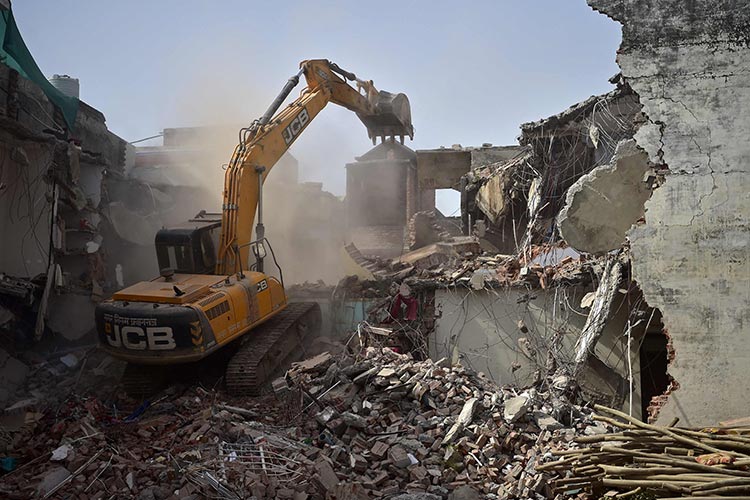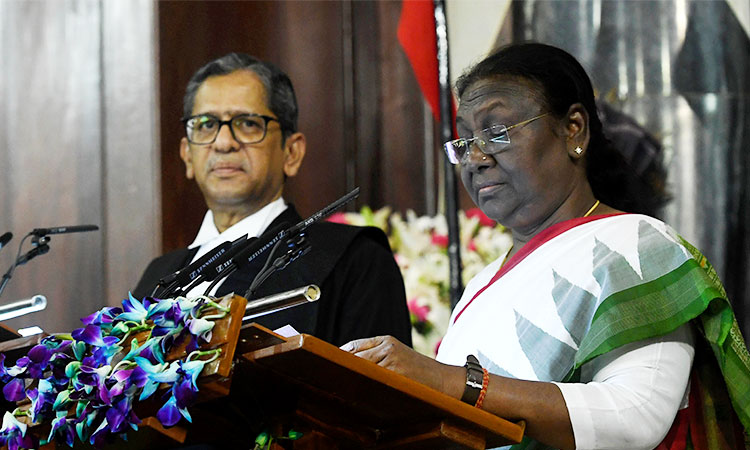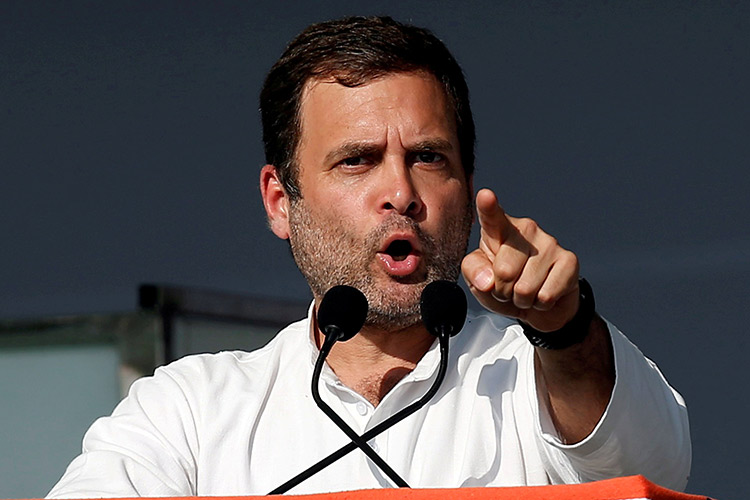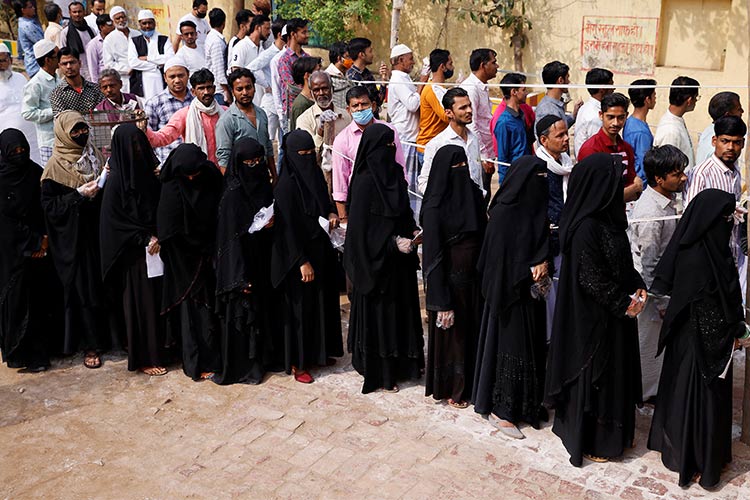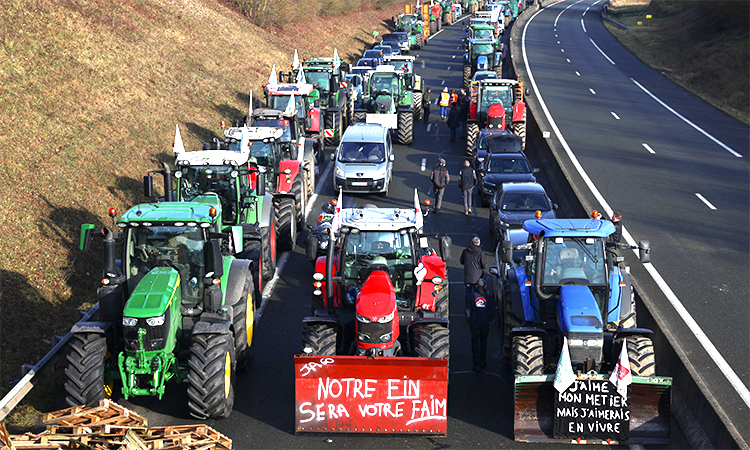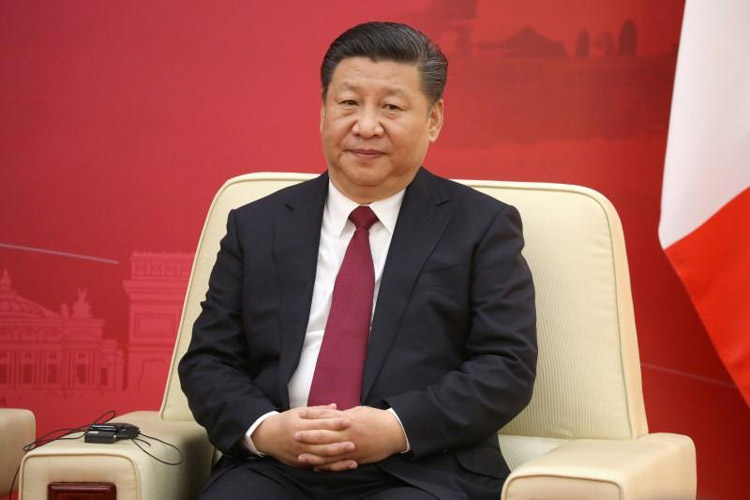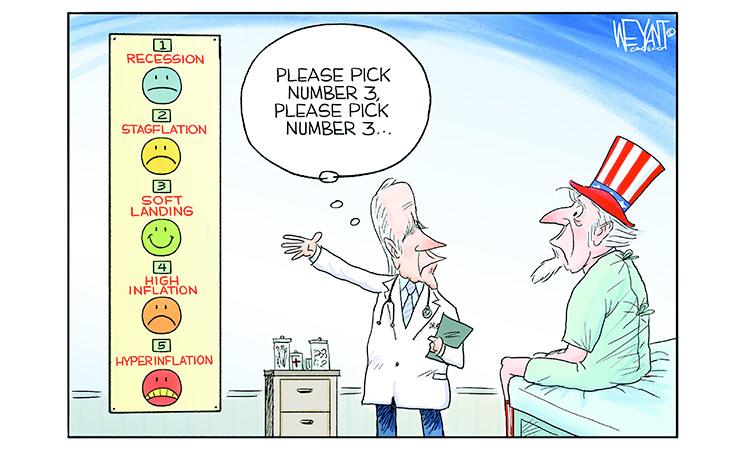An impressive default victory for Modi
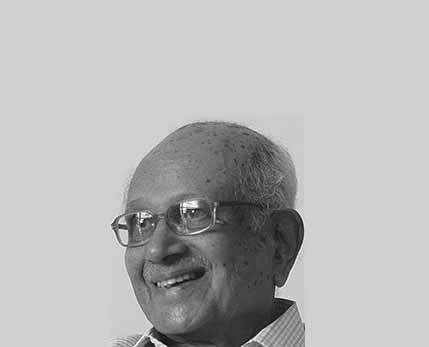
BRP Bhaskar
@brpbhaskarIndian journalist with over 50 years of newspaper, news agency and television experience.
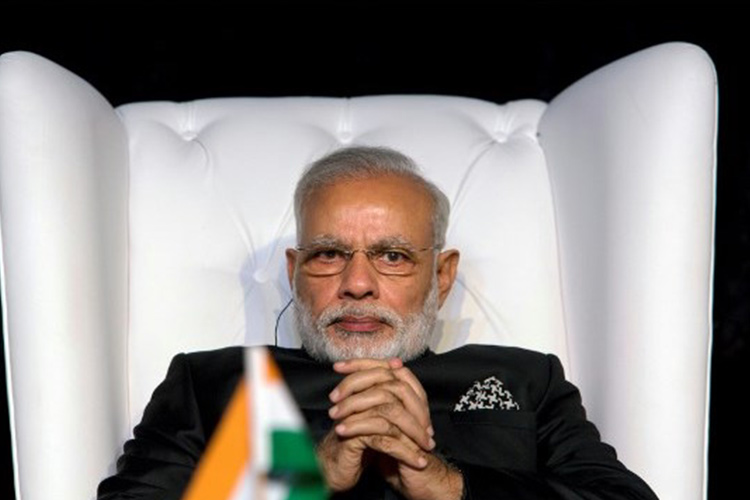
Narendra Modi. File
The National Democratic Alliance government which he headed had attracted charges of governance failure but he was the only contender for power who could carry conviction with the people about his ability to provide a stable administration.
The national electorate did not see either Congress President Rahul Gandhi, who led the United Progressive Alliance’s challenge to Modi and the NDA, nor any of the leaders of the small national and regional parties with prime ministerial ambitions as credible alternatives.
In the event, Modi led the BJP to an even more impressive victory than what the exit polls had forecast, winning 303 Lok Sabha seats, 21 more than its 2014 tally and 31 more than necessary for an absolute majority in the house.
Modi’s re-election bid was greatly aided by the failure of the alliance forged by Mayawati’s Bahujan Samaj Party and Akhilesh Yadav’s Samajwadi Party to contain the BJP in Uttar Pradesh, the country’s largest state.
In 2014 the NDA had won 73 of the state’s 80 seats. Though the BSP and the SP, which draw support primarily from the Dalits and the backward classes respectively, were said to have a combined vote share almost equal to the BJP’s, the NDA still bagged 62 seats.
Modi’s election campaign, which skirted governance issues, was rooted in the polarising Hindu nationalist narrative. It helped the BJP to retain much of the spectacular gains it had made in the north and the west in 2014.
In the east and the south it made enough fresh gains to more than offset the small losses in those regions. However it found two southern states, Tamil Nadu and Kerala, extremely hostile.
It could not win a single seat in these states, mainly because it is seen there as an upper caste party whose objectives run counter to the ideals of the powerful movements against caste supremacy which swept the region in the pre-Independence period.
With allies bringing in 47 seats, the NDA total stands at 350, which is 12 short of the two-thirds majority needed to push constitutional amendments through the Lok Sabha. This means the BJP will find it difficult to go ahead with its objective of declaring India a Hindu nation. The Congress improved its position slightly, winning 52 seats against 44 it had got in 2014. Since this is less than one-tenth of the strength of the Lok Sabha, the party’s house leader will not get the status of Leader of the Opposition.
While the BJP’s vote share increased from 31.3 per cent in 2014 to 36.5 per cent, the Congress party’s remained almost unchanged at 19.6 per cent.
It follows that the BJP made its gains at the expense of small national parties and regional parties, whose leaders were hoping for a hung Lok Sabha which will give them the opportunity to play an important role in the formation of an alternative government.
Five of the 13 who held the office of the Prime Minister before Narendra Modi were leaders of small parties propped up by uneasy coalitions. None of them could complete one year in office.
Having experienced stable coalitions for two decades, first under AB Vajayee (BJP) and then under Manmohan Singh (Congress) and Modi, the voters clearly did not want another phase of instability.
In Odisha, where elections to the Lok Sabha and the State Assembly were held simultaneously, the voters clearly signalled that they want the BJP to wield power at the Centre and the regional Biju Janata Dal in the state.
They gave 13 of the state’s 21 Lok Sabha seats to the BJP but only 22 of the 146 Assembly seats. They voted BJD Chief Minister Naveen Patnaik to power for a fifth successive term with an overwhelming majority in the Assembly.
The election saw a sharp decline in the influence of the Left parties. In West Bengal, where the Communist Party of India (Marxist)-led Left Front for more than three decades before losing to Mamata Banerjee’s Trinamool Congress in 2011, they drew a blank.
The BJP raised its vote share in the state from 17.02 per cent in 2014 to 40.05 per cent and took 18 0f the 42 Lok Sabha seats. The Left parties’ vote share fell from 22.96 per cent to about seven per cent, indicating a massive shift of Left supporters to the Hindutva camp.
Kerala, the only state where the Left now wields power, the Congress and its allies swept the polls, winning 19 of the 20 seats.
